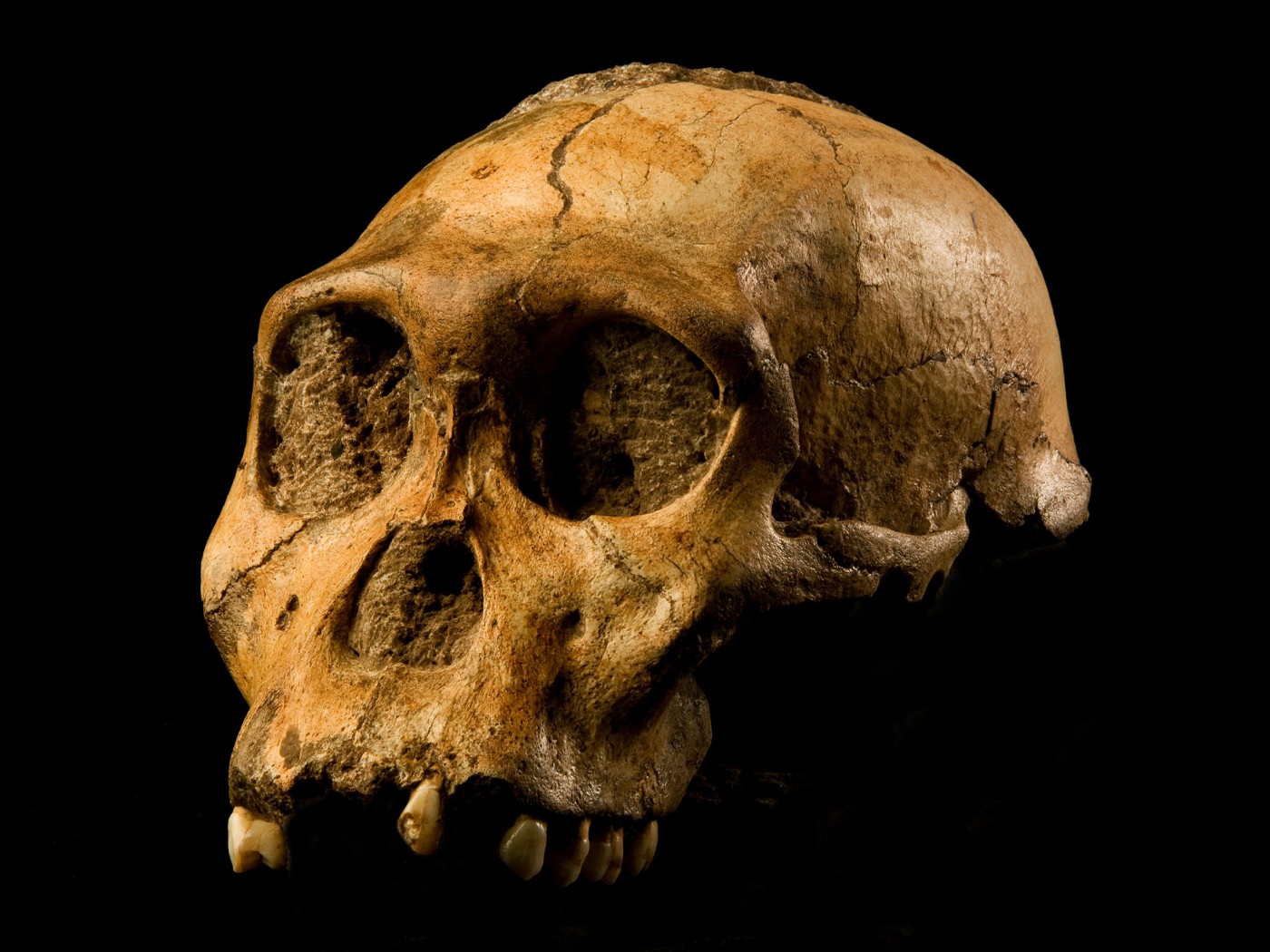Evolutionists have long held that the human body contains “useless” biological structures that are “vestiges” of an evolutionary history of repeated transformations. Recently, North Carolina State University biologist Rob Dunn looked at what he believed are the top ten examples of evolutionary vestiges in the human body.1 But just a peek at the top five he presented attests to their having been intelligently designed to fulfill a purpose.
First, Dunn asserted that “our cells are weird chimeras.” This refers to the belief that mitochondria, which serve as vital power plants in cells, supposedly arose by a never-observed single-cell infection in which one cell managed to permanently merge with another. However, this is utterly implausible for a number of reasons.2 For example, how did the genes for over 1,000 mitochondrial proteins get transferred to the host genome, while only 13 genes remained in the mitochondria? And how did the regulatory mechanisms for all of those genes appear, when all the fully regulated genes are required for adequate energy production to occur?3
Also, it is invalid to assert that mitochondria evolved and then use that as evidence for evolution, since it begs the question. In reality, this cellular system consists of interdependent parts, with all other cell functions depending on fully operational mitochondria; and the mitochondria themselves depend on many fully functional cell systems. Apart from those rare cases when certain parts break down and disease results, the first consequence of having been created is the presence of well-regulated energy production centers that house thousands of copies of the world’s most efficient motor to supply each body cell with its necessary energy.4
Second, even though there is no evidence to support it, Dunn claimed that hiccups are a vestige of the fish stage of human evolution, when the throat was supposedly transitioning from gills to accommodate lungs. He asserted that hiccups serve no purpose, but evolutionists have made that claim numerous times before regarding other “useless” biological functions and have been proven wrong each time.5 Just because no function is currently known for hiccups does not mean that one will not be found. For example, a possible purpose for yawning was recently discovered.6
Dunn does clarify that the epiglottis, a flap that covers the entrance to the trachea, makes hiccups possible. But it also makes human life possible. Without it, each time a person tried to swallow food or liquid, the material would drop into the lungs. So, another consequence of having been created is that humans have an epiglottis with an automatic nervous interaction that controls its closings and openings. If people had to consciously remember to close it for each swallow, then one moment of forgetfulness could be fatal.
Third, Dunn listed “backaches” as a consequence of evolution. He asserted that the characteristic “S” curve of the human spine “is not meant to support weight.” But a standard anatomy textbook states otherwise:
The vertebral column supports the head and the trunk of the body, yet is flexible enough to permit movements, such as bending forward, backward, or to the side, and turning or rotating on the central axis.7
In contrast to evolution-inspired speculations, the physical fact is that the human back has been expertly structured to balance strength with flexibility, such that “a man lifting a 70-pound box actually exerts a normal compressive load of over 500 pounds on one of his vertebrae.”8 Those who are careful with lifting and with their diet and exercise can expect to enjoy a long spine life—the third consequence of having been created. Diseases of the back are not the result of evolution, but of bad habits, accidents, or inherited diseases.
The inguinal hernia is fourth on Dunn’s list. He asserted that intestines are not supported well enough to prevent hernias, which occur when a piece of intestine protrudes through the abdominal wall. But this ignores the fourth consequence of having been created: Humans have abdominal walls, intestines, and intestinal supports that are flexible enough to permit food to pass through, but not so loose as to allow the intestines to become tangled or knotted―a condition that could be fatal. And like the other cited examples, there is no real reason, experiment, or evidence of any kind to refute the interpretation that hernias are part of a created system that was once good but has since deteriorated.
Lastly, in contrast to the throat structures in other mammals, Dunn asserted, “Modifications of the trachea to allow speech pushed the trachea and esophagus further down the throat to make way.” As a result, “in those moments in which the epiglottis does not have time to cover the trachea, we choke.”1
But those moments are usually a result of trying to breathe or talk and swallow at the same time, not of an imaginary history of evolution! Therefore, a fifth consequence of having been created is that the throat has been expertly arranged to enable humans to use a single passageway to balance three functions: eating, breathing, and speaking. Few human-manufactured single machines have three functions, and nobody has seen nature design a machine with even one function.
In short, these “vestiges” show that the Creator deserves credit for what He has done, and mankind deserves credit only for the sin that brought a curse upon God’s once-good creation.9
References
- Dunn, R. The Top Ten Daily Consequences of Having Evolved. Smithsonian Magazine. Posted on smithsonianmag.com November 19, 2010, accessed December 1, 2010.
- Thomas, B. Study Demonstrates Complex Cells Could Not Evolve from Bacteria. ICR News. Posted on icr.org October 28, 2010, accessed December 1, 2010.
- Calvo, S. E. and V. K. Mootha. 2010. The Mitochondrial Proteome and Human Disease. Annual Review of Genomics and Human Genetics. 11: 25-44.
- Thomas, B. 2009. ATP synthase: majestic molecular machine made by a mastermind. Creation. 31 (4): 21-23.
- Bergman, J. and G. Howe. 1990. “Vestigial Organs” Are Fully Functional. Terre Haute, IN: Creation Research Society Books.
- Thomas, B. Yawning With a Purpose. ICR News. Posted on icr.org December 24, 2008, accessed December 9, 2010.
- Shier, D., J. Butler, and R. Lewis. 2004. Hole’s Human Anatomy and Physiology, 10th ed. New York: McGraw-Hill, 209.
- Guliuzza, R. 2009. Made in His Image: Bone, An Engineering Marvel. Acts & Facts. 38 (7): 10.
- Genesis 3:17-19.
* Mr. Thomas is Science Writer at the Institute for Creation Research.
Article posted on December 10, 2010.























